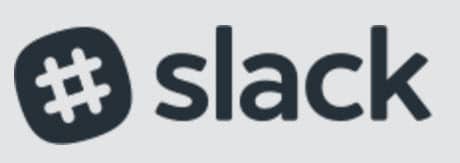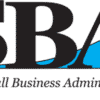Slack: Simplifying Business Communication One User at a Time
Said nobody, ever.
There’s been so much that has evolved in the last 25 years in communication. Mobile phones have proliferated to the point of being ubiquitous. We used to use those phones for voice calls, but now they’re really used mostly to send messages and access the internet.
Every now and then we use them to make calls, but many of us use it to access email. Email, the one piece of technology that hasn’t changed much since its inception at the dawn of the internet. Think about how shocking that is – that you work with something so often that has fundamentally not evolved to match our digital devices.
You still have a sender, a recipient, a subject line, etc. For most people, it’s the beating heart of their businesses, but they dread having to deal with it. What’s worse, sometimes people use email as a crutch – as a way to avoid dealing with talking to someone, be it over the phone or in person.
When dealing with buying and selling businesses especially, it’s important to make sure that you’re choosing your words carefully. We’ve seen deals fall apart simply because a series of emails were birthed from a misinterpreted tone, intent, or piece of content in an email that should really have been handled by a phone call or in-person meeting.
So it might be even more of a relief to hear that there’s been an evolution in messaging that has the ability to destroy the scourge of internal company emails – and beyond that – actually make communicating with your team something fun and that you can look forward to.
That’s where Slack comes in.
Slack is an archivable, searchable, hive mind that allows you to move all of those long, terrible, threaded email conversations into various separate threads. These conversations are accessible via mobile apps or a browser. You can watch everyone chime in on various topics and issues without having to resort to searching through an email pile (which nobody loves). You can even adapt Slack to use it to communicate with vendors or important clients.
What companies use Slack?
LinkedIn, Salesforce, Google, PayPal, eBay, Dropbox, and Stripe, just to name a few.
What’s the catch? Well, Slack is part of the popular SAaS (Software As a Service) industry. Mailchimp, a well-known SAaS product, works off the same principles: provide a basic level of service for free. This will satisfy many people who have small teams or who don’t need a lot of technical integrations into their Slack channels. But, should you need more features, etc., you can purchase them via a monthly per-user charge. Many small businesses simply use the Basic Slack plan at no charge and transform the way they communicate with each other.
Yes, it will be a bit hard to change – but once you’ve adapted, you’ll wonder why you didn’t switch sooner. And you won’t miss the massive pile of internal email you’ll have eliminated with this one simple switch.
Want to learn more? Check out Slack’s website.
Apex is actively looking for Advisors to join our team. If you or someone you know would like to learn more, contact Doug Hubler at or 913-433-2303.




